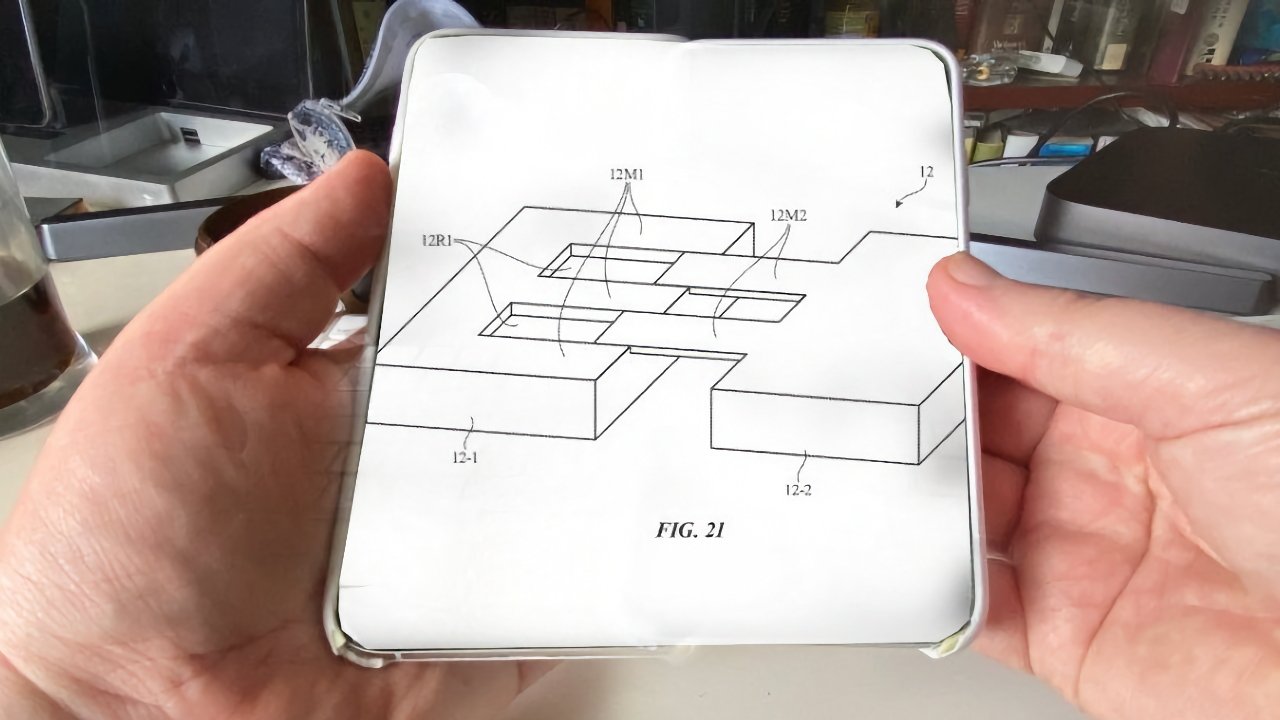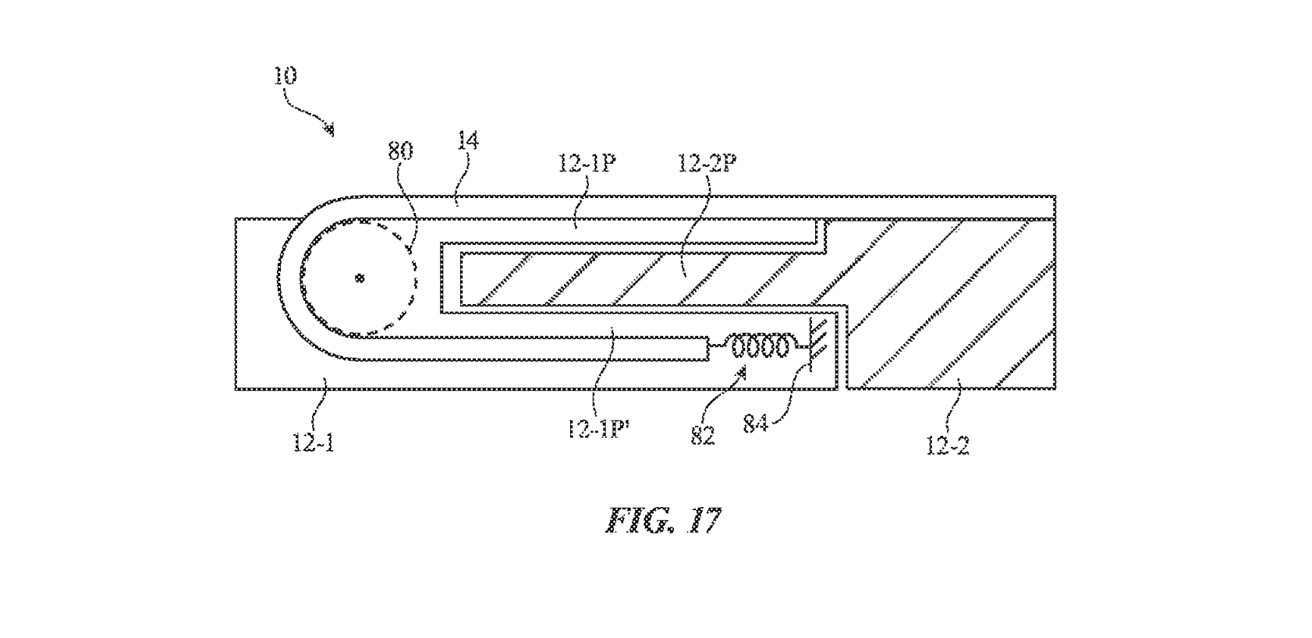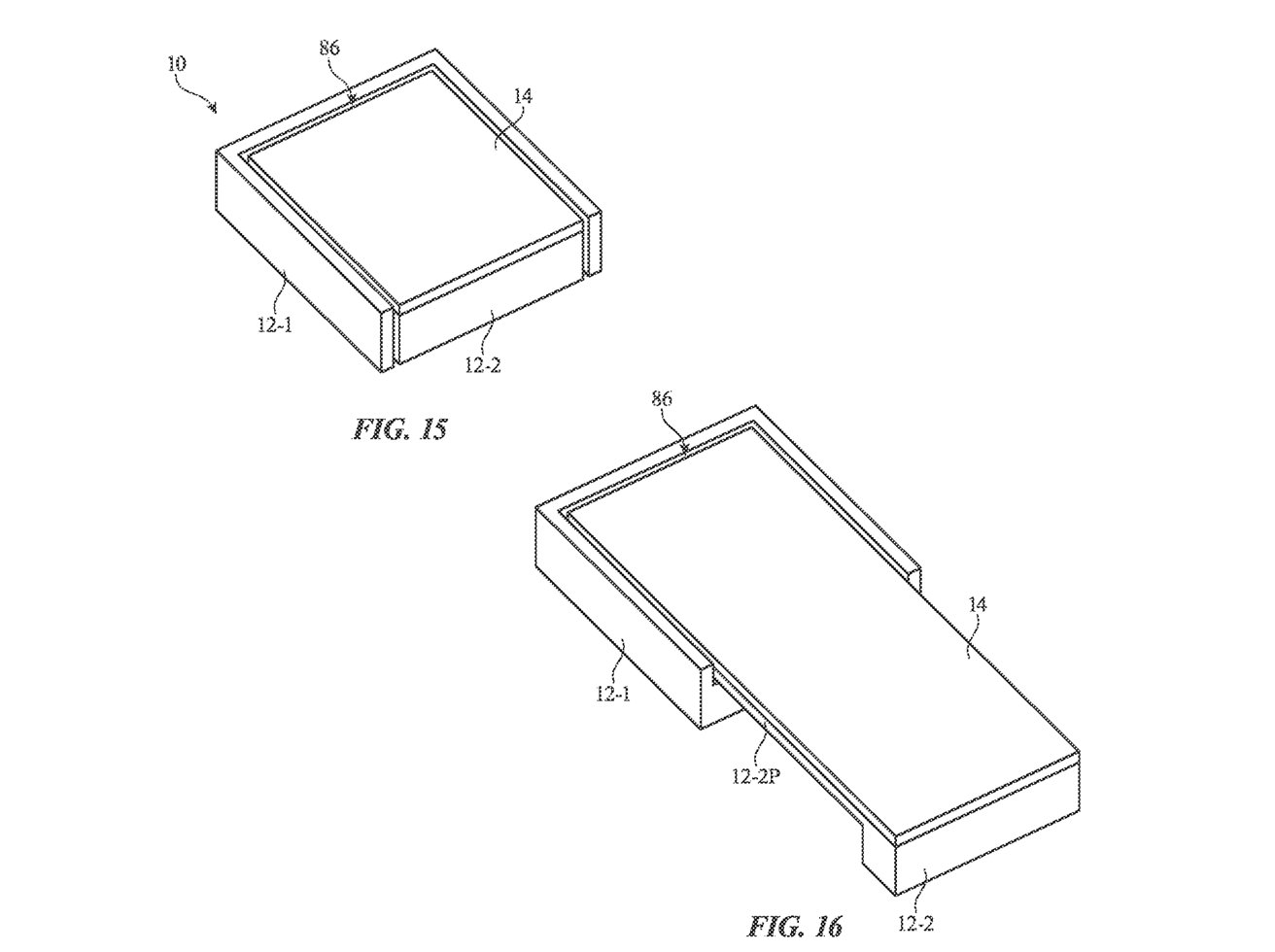A future iPhone could have an expanding screen, if Apple’s research on how to make sliding sections within the smartphone’s body support a flexible display pans out.
The allure of a super-sized foldable iPhone that packs small has led to continuing rumors about foldable models. One analyst predicted that an 8-inch flexible OLED iPhone could arrive in 2023, for instance, while reports from back in December 2020 pointed to a pair of iPhone designs using foldable components being prototyped and tested by Foxconn.
Rumors of folding iPhones won’t stop until Apple actually releases one, but there is more to this than just speculation as Apple has now several times revealed that it is researching the idea.
However, a key issue is that while a foldable smartphone provides extra viewable screen space, the bending element has the chance to cause a seam across the display, weakening it over time.
In 2021, Apple was granted a patent called “Electronic devices having sliding expandable displays,” — and now the same patent has once more been approved. Patents must be resubmitted after even the smallest change, which is what appears to have happened here as the main wording remains the same.
For this patent, Apple proposes a display design where a flexible display is effectively rolled up inside an enclosure, like a scroll.
The housing includes elements that can slide, lengthening the body of the enclosure at the same time as dragging the display out of its scroll state. The display can be tensioned, such as by using a coil spring, to make sure it is flat and that it rolls back up when the enclosure is slid back to its more compact state.
In effect, the system will potentially allow a smartphone style device to either get longer or wider, increasing the usable screen size to match, depending on how it is set up. When in its compact state, part of the display will still be usable.
The patent discusses different ways to handle sliding motions, including the use of elongated members to keep the two main sections connected together. Elongated members will also be used to provide support to the flexible display as the overall size of the device grows.
These members could be included on one or both sections of the enclosure, giving more flexibility to designers.
The way the display is held inside the body is also mentioned in claims, with suggestions the flexible screen can have a single bend that allows it to double back on itself once inside the body, largely remaining flat. A second variation has two bends, with the screen doubling back on itself twice when curled up inside the body.
The screen itself is made out of a flexible substrate, with mention of it comprising of a flexible OLED display.
The patent lists its inventors ass Michael B. Wittenberg, Owen D. Hale, and Tatsuya Sano. It was originally filed on January 16, 2020, and became known to AppleInsider as an application on October 15, 2020.
Apple files numerous patent applications on a weekly bass, but while the existence of a patent indicates areas of interest for its research and development teams, it doesn’t guarantee the idea will appear in a future product or service.
Foldable and flexible displays are still a relatively new concept in smartphone design, with a few models reaching the market, albeit with teething issues. Nevertheless, Apple has been doing research on the subject for its own potential products.
In March 2021, it gained a patent for ways to heat the area of the display that folds the most to minimize the chance of cracking. In December 2020, it considered the use of hinge structures to help support a foldable display, as well as gear systems.
The idea of unusual displays has knocked around Apple for quite a few years, at least as far back as wraparound display in 2016, and one concerning flexible devices in 2015.
This story originally appeared on Appleinsider



